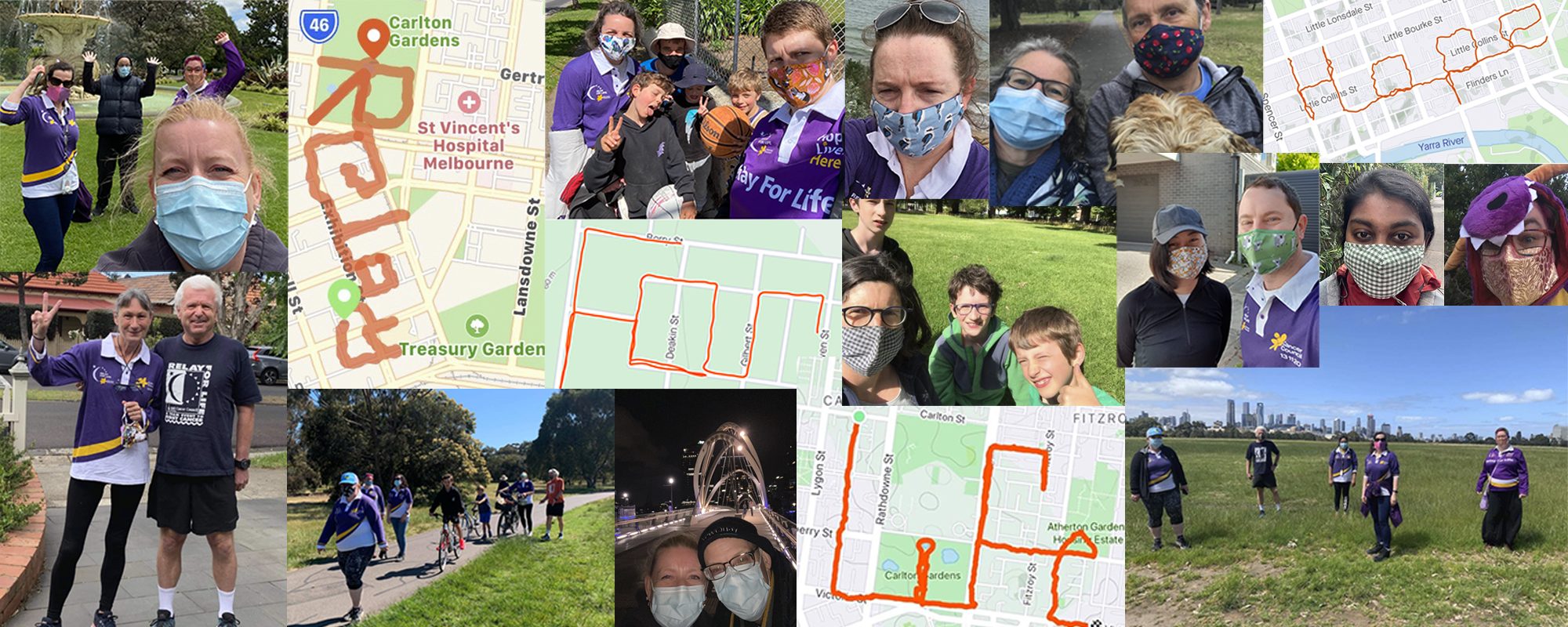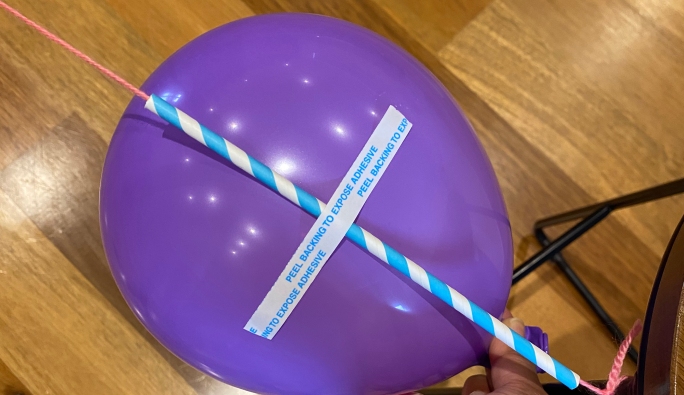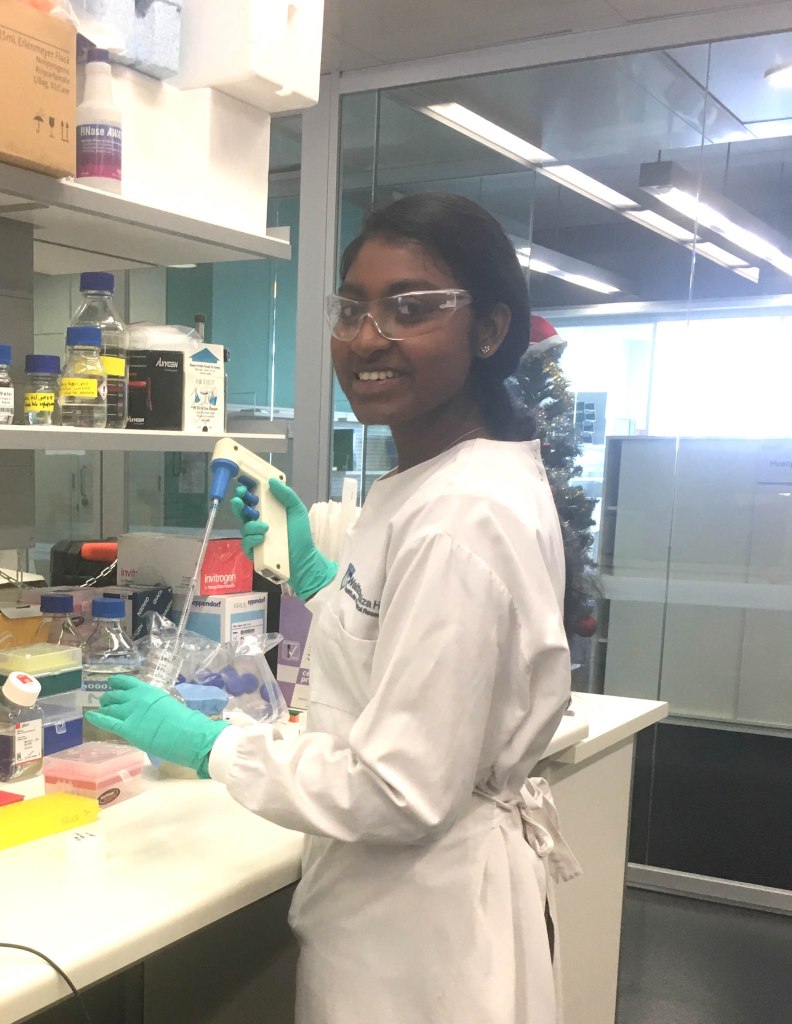Welcome to Ask a Scientist, where we answer your most pressing science questions! Today, we are joined by Senior Postdoc Dr Hendrik Falk, who works in Discovery Technology at the Cancer Therapeutics CRC.
Do you have any significant proof that there is life beyond Earth? – Corbin, 12
Scientists are still researching this, for instance a type of molecule thought the be produced by living cells was discovered recently in the Venus’ atmosphere (https://www.nature.com/articles/d41586-020-02785-5) But it turned out there are more questions about what the measurement really means – good proof of life anywhere else but Earth is still a dream. Maybe you’ll find it one day?
What is the universe made of? – Victoria, 10
All made from the same stuff as earth and our surrounding solar system, just loads more of it, and a lot of empty space in between!
I would like to know if the end of space has ever been seen. – Vinh, 11
Nobody knows if it is even visible, it is also too far away and moving further away all the time. There’s a pretty cool video about the expanding universe that you can look at here.
Who invented the moon? – Dylan, 9
Who invented Earth? Both don’t need humans, they were already there before us.
How can there not be any gravity in space but more on earth? – Vihaan
There is a little gravity in space. On board the International Space Station they call it microgravity, but it is not noticeable because the space station is falling around the Earth all the time. Only beyond the last planets of the solar system there would be not gravity observed.
In the future will there be another planet that we can live on? – Ryan, 8
Doesn’t seem likely with the knowledge and resources we have today. Can you imagine sending your family, house, garden, sports club and whatever to a place as far away as Mars and setting everyone up there to live safe and happy? Further imagine this for your friends, the friends of your friends, and so on to all people in Australia? That will be a big ask…

Dr Hendrik Falk’s work covers the first steps in creating a new treatment for cancer patients. In drug discovery, scientists identify and refine molecules that modulate a specific function of cancer cells or the rest of the body, for instance to boost the immune system to better fight cancer. This work builds on the innovative findings of other researchers, and it is the exchange with other scientists that he enjoys the most.
Sharing his knowledge with students is a great way to nurture their interest in the world!










